How To Compost Cardboard: Our Best Tips
Here is a guide on how to compost cardboard, including our best tips.
Cardboard boxes are a common sight in most homes, whether they are used for online orders, bulk purchases, or moving.
While recycling or reusing them is always a good option, you can use them in your compost pile if you have one or plan to start one.

Cardboard is a handy source of carbon. When shredded, it breaks down quickly and improves the structure of your pile.
It’s an organic way to build layers in your usable compost.
Figuring out what items you can and can’t compost can get confusing, especially in the beginning stages of learning.
The good news is that there are a lot of types of cardboard you can compost.
Cardboard is a readily available material that you can find in many households.
And by composting it, you’re reducing landfill waste, contributing to a healthier planet, and providing a cost-effective way to enrich the soil in your yard and garden.

Can I Compost Cardboard?
Yes! Cardboard waste makes up a large percentage of landfills. In fact, according to the Environmental Protection Agency (EPA), 30% of the waste in landfills is cardboard waste.
This includes things like paper towel rolls and toilet paper rolls, cereal boxes, egg cartons, shoe boxes, and, of course, regular cardboard boxes.
Cardboard packaging is an excellent substitute for carbon-rich materials when you can’t find dry plant material.
It also is great for the structure of your compost pile because it helps introduce air pockets. This is important as oxygen is an important ingredient in the composting process.
In fact, there are many paper products that make a great substitution.
Much like wood chips, cardboard can help speed up the decomposition process by increasing the carbon-to-nitrogen ratio in your compost heap.
Why Compost?
Composting has pros and cons, but if you have the space and time, it can be highly beneficial and rewarding.
Composting turns organic matter into a decomposed material that can appear similar to the soil but really is just an additive.
Compost is rich in nutrients that feed the soil, making it a great addition to areas where you plant flowers, plants, or a vegetable garden.
There are many different methods of composting, but the result is essentially the same. However, this shredded method will be the fastest.
How To Compost Cardboard
Now that you’re set on composting cardboard, you’ve got to know how!
Here’s a step-by-step guide to preparing and using cardboard in your compost.
Step 1. Dampen And Shred Your Cardboard
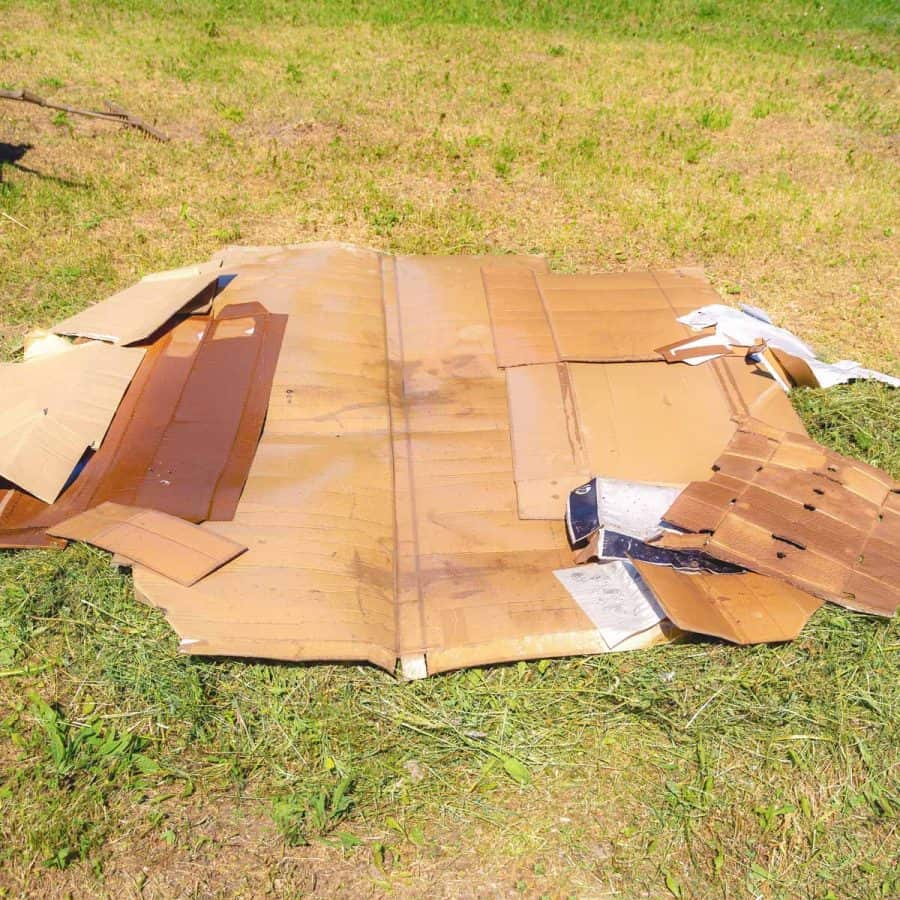
First, before adding cardboard to your compost heap, remove any plastic tape, labels, or other inorganic materials. Then, wet your cardboard. Soaking the cardboard beforehand makes tearing and removing any labels, tape, or stickers easier.
Next, shred or tear the cardboard into smaller pieces and place this into your compost bin or pile and build it to a 4-inch layer.
Shredding the cardboard is also essential so that clumps of composted materials won’t form. This can make it very difficult to turn and take longer to decompose.
To shred your boxes, lay your cardboard on a large flat surface. Then, slice the cardboard with a box cutter along the corrugation lines.
You can continue to shred your cardboard into smaller pieces by hand or using a heavy-duty shredder.
Step 2. Create A Brown Base With Your Cardboard
Add brown materials to the pile, such as dead leaves, straw, etc. Next, dampen the compost pile by sprinkling or misting it with water.
Wetting the materials will aid in the decomposition process by creating a suitable environment for microbes and fungi to do their part in the composting process.
Step 3. Add Green Layers To Your Pile
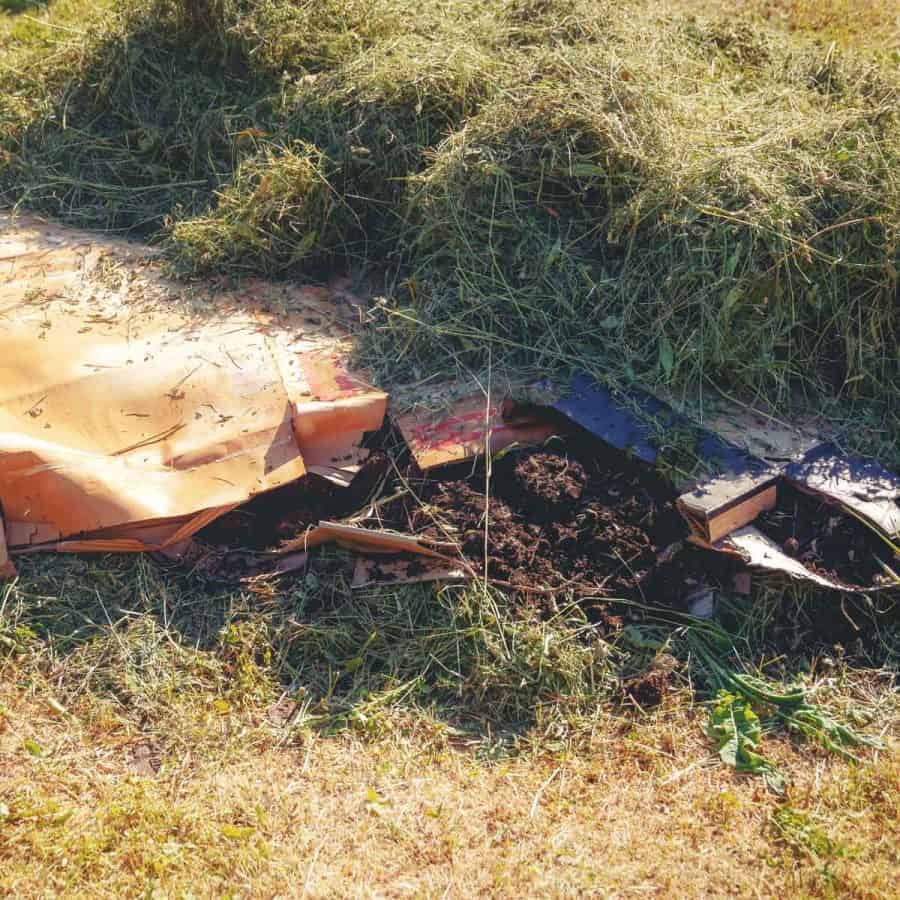
On top of your brown organic materials, place a four inch layer of green materials. Green, or nitrogen-rich materials, include fresh grass clippings, food waste, etc.
You can also add more layers, in the same order, if you have more.
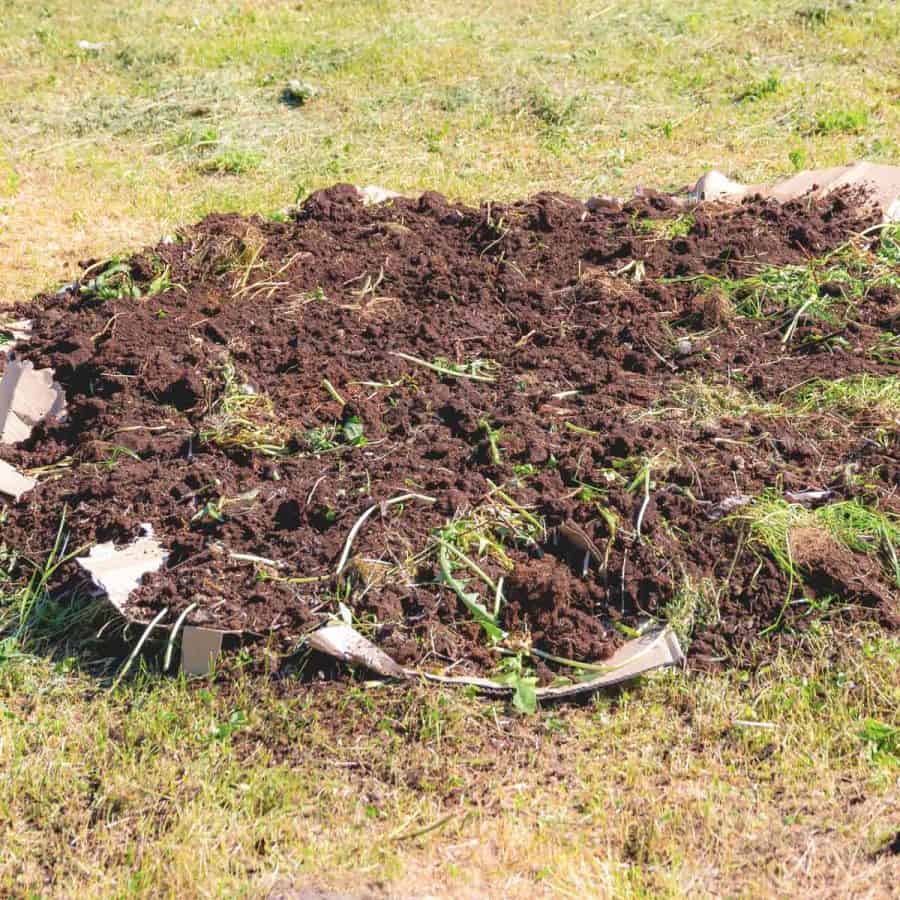
Maintain this layering pattern for your compost pile. Once you reach the desired height, add a 2-inch layer of soil on top. Over time, the pile will recede.
Step 4. Turn Your Compost Regularly
Turn your compost pile every five days with a pitchfork to speed up decomposition.
If you don’t turn your pile regularly, it will get really smelly, and things won’t compost properly.
Depending on the type of cardboard you’ve added, the pile can take six to eight months to be ready. Turning speeds up the process and also prevents matting.
Matting slows composting by reducing how much oxygen and water are available to the microorganisms inside your compost.
Different Types Of Cardboard To Compost
Corrugated cardboard is what is typically used for packaging, shipping, and moving.
When you receive packages in the mail or if you’ve just moved, it is likely packaged using corrugated cardboard.
Any type of corrugated cardboard can be composted as long as it’s torn into small pieces.
Flat cardboard is often used for pasta boxes, cereal boxes, shoe boxes, and so on. It’s found in most food packaging.
Wax-coated cardboard is more challenging to compost. In order to remove the wax from the cardboard, it will need to be soaked in water in an attempt to remove the wax.
Sometimes this doesn’t always work, though.
Wax-coated cardboard may be better suited for recycling. Just try not to send them to the landfill!
What Cardboard Should Not Be Composted
Do not compost cardboard that contain inks or dyes, like logos or writing built into the cardboard.
These inks contain heavy metals which are toxic and may not breakdown in soil. You can remove the parts of the cardboard that contain inks or dyes and use the plain cardboard pieces.
Glossy cardboard or (coated cardboard) is often covered in dye and paints. This includes things like pet food bags.
And unlike wax-coated cardboard, you don’t have the ability to separate the coating from the cardboard.
It can often be recycled however, though check with your recycling center to confirm.
It’s best not to compost intact boxes. Always break them down first and shred them into small pieces.
Can Pizza Boxes Be Composted?
Pizza boxes are one type of cardboard that can’t be recycled (due to the grease). But the compost pile is the perfect home for your pizza boxes!
Just cut the box into smaller pieces and toss it into the pile.
How Long Does It Take For Cardboard To Decompose?
The amount of time it takes cardboard to break down in a compost pile depends on several things, including the conditions, size, and type of cardboard you use.
In general, it will take six to eight months for cardboard to decompose.
Flat cardboard takes longer than corrugated cardboard to break down, which rarely takes six months.
Wax-coated cardboard can take over a year to decompose.
Lasagna Composting
While shredding cardboard is often the quickest way to put cardboard into your compost, you can also try the lasagna method.
The best way to do this, lay down individual sheets of cardboard in your compost pile, wet them, and then cover them with a 2-inch thick layer of soil.
Then you’ll build up your compost just like normal, adding alternating layers of green and brown materials.
With this method, you don’t have to worry about turning or aerating your compost pile.
The downside to this method is that it takes more time to break down.
Other Ways To Use Cardboard

If you don’t have the time to shred cardboard into small pieces for your compost pile, there are other ways you can use it in your yard.
Use large pieces of cardboard as weed barriers in your garden beds. To do this, lay it flat on the ground under several inches of mulch. By the way, did you know you can also compost your weeds?
It will slowly decompose, adding carbon to the soil and helping retain moisture as it breaks down.
Using cardboard in your garden can also invite earthworms – which is good!
Can You Make Compost In A Cardboard Box?
Using a cardboard box as your compost bin is a great idea. You can definitely start your compost pile in the box to keep it contained while it’s small.
Over time, the box will begin to disintegrate, but that only adds nutrients to your pile.
But it’s best to probably have the box in the area where you want your compost pile to go as it’ll be more difficult to move.
In Summary
Composting cardboard is an excellent addition to any compost pile, providing an excellent carbon source.
Cardboard is easy to obtain and comes in various forms, from pizza boxes to cereal boxes and even toilet paper rolls.
Cardboard composting is an environmentally friendly way to dispose of this material, as it diverts waste from landfills and reduces greenhouse gas emissions.
It is also inexpensive to create a nutrient-rich soil amendment that can improve soil health, water retention, and plant growth.
Done correctly, it can be an efficient means of carbon-rich materials for your compost pile and is environmentally friendly.
Composting cardboard is a simple and effective way to contribute to a healthier planet.
It is a great way to reduce waste, improve soil quality, and support a sustainable lifestyle.
So next time you have cardboard to dispose of, consider composting it!
Are you wondering where you should place your compost pile or bins? This article has the best tips on compost location.
Don’t forget to Pin it for later!
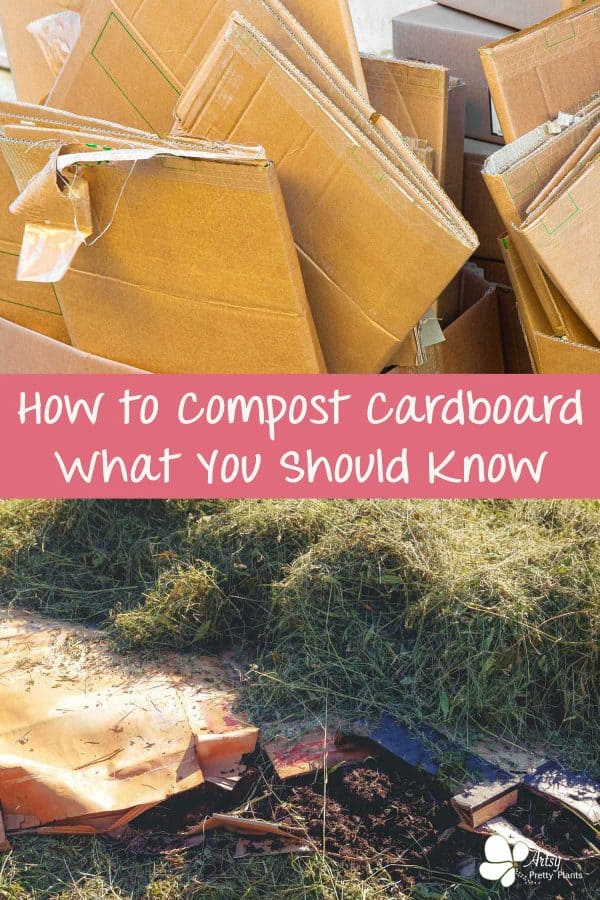

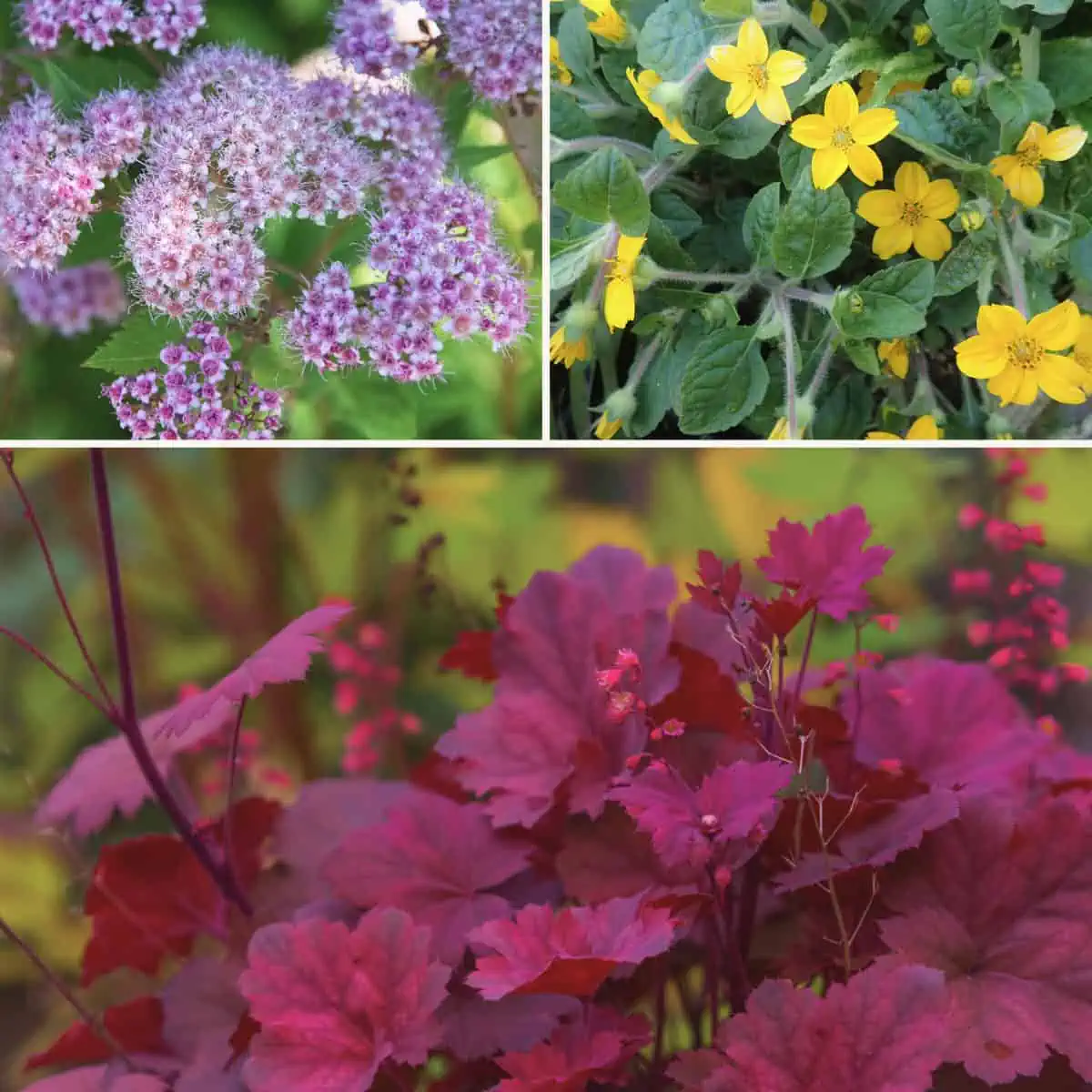

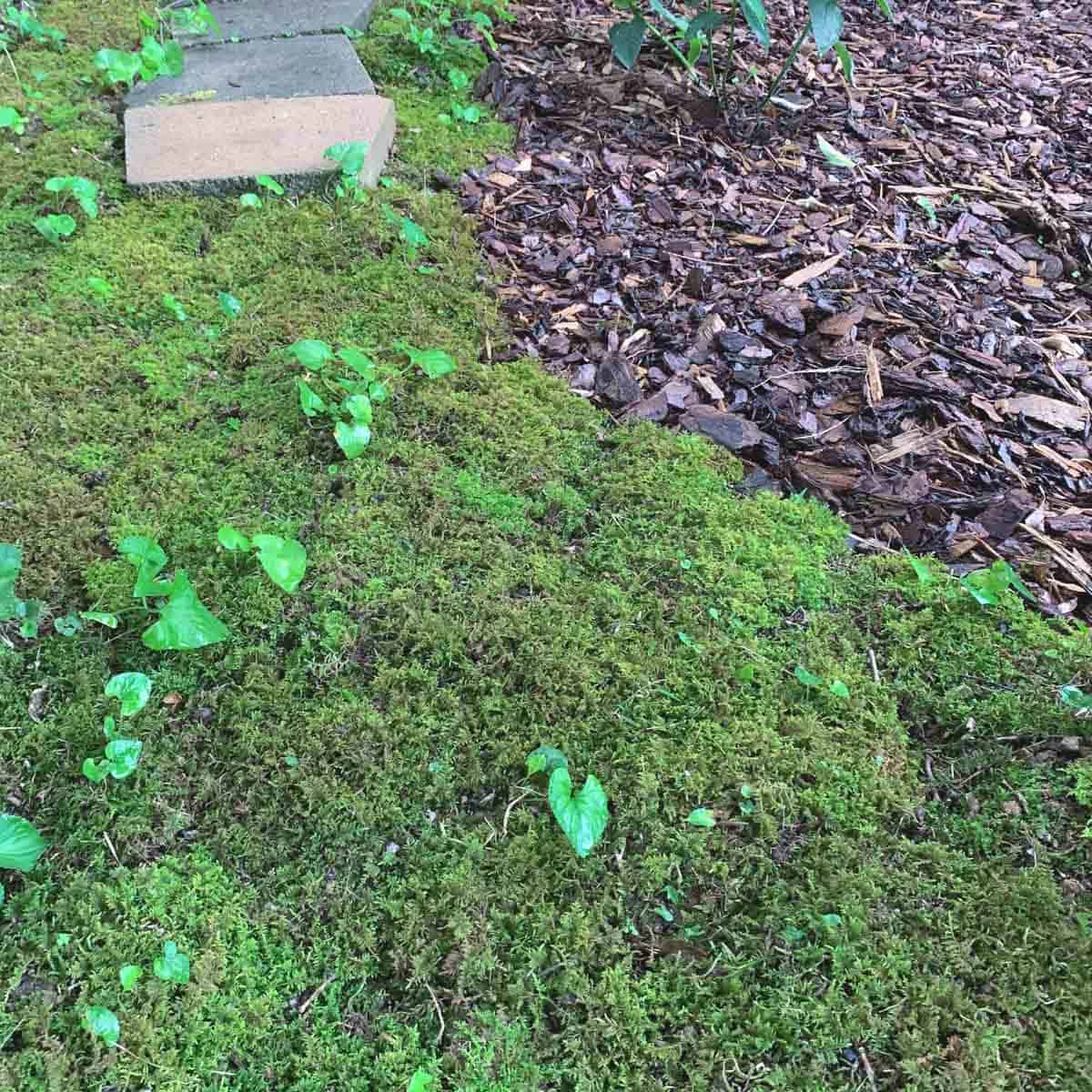
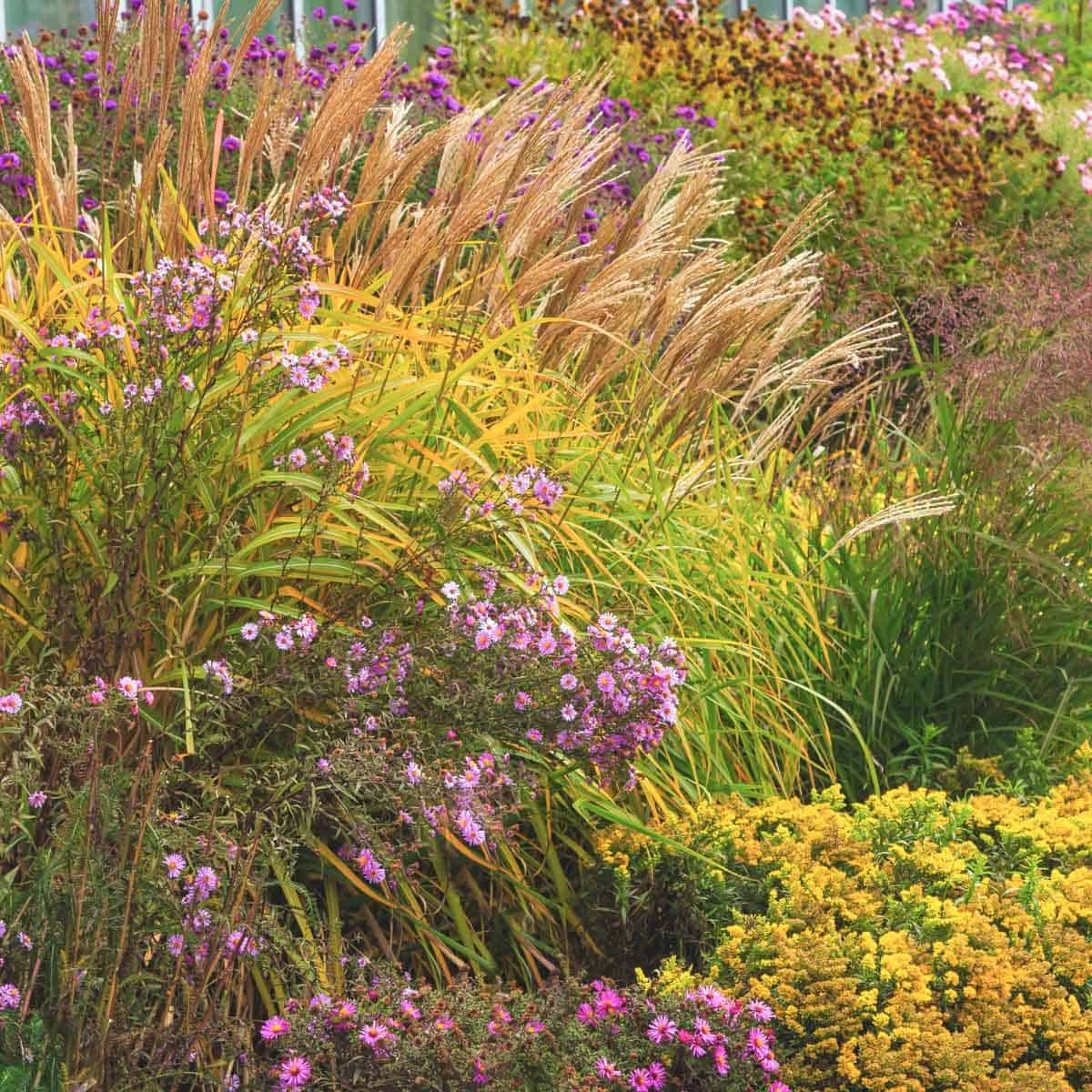
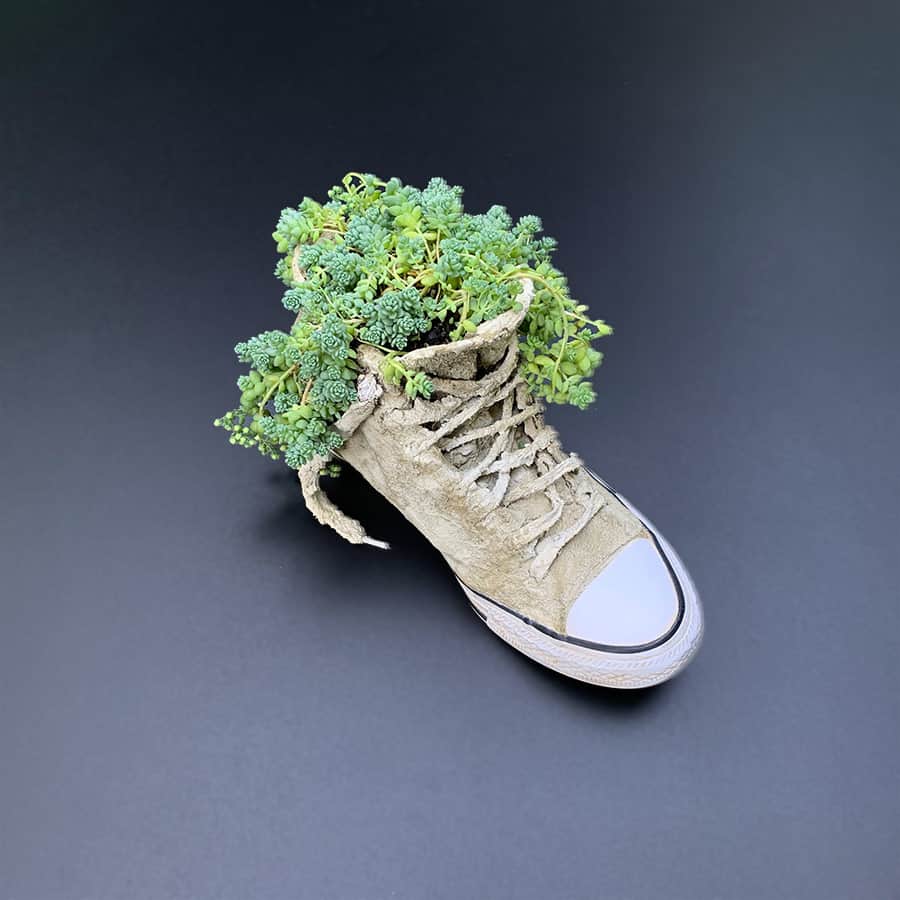

Good day I use cardboard to keep weeds from growing around my foundation I made from a large window frame use it for a vegetable garden 6’x6′ against my house wall 2″higher then the frame also keeps the soil from splashing on the house.+ to separate tree’s just rock or stone, push against the folded cardboard high as 6″high n a wall is build, n another garden stared ,works fine for me. ??
Hi Melba,
Very creative! I use it weeds all the time too. Many methods will work! Down in here in the south I recommend against putting cardboard against the house because we get roaches and other icky bugs! Yikes! Stone is a great separator!
Please research the amount of heavy metals and other chemicals in cardboard… Not in my garden.
Hi Paul,
Thanks for the reminder. I did mention not to compost cardboard with ink or dyes. The heavy metals are in the inks, not the cardboard itself. I edited the article to state that more explicitly, as it wasn’t clear.